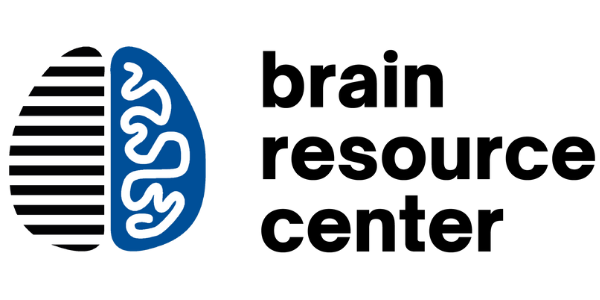
OBSESSIVE-COMPULSIVE DISORDER (OCD) TREATMENT IN NYC
WHAT IS OBSESSIVE-COMPULSIVE DISORDER (OCD)?
Obsessive Compulsive Disorder (OCD) is a chronic disorder in which affected individuals have uncontrollable thoughts and/or behaviors that they feel compelled to repeat over and over. This can manifest in a number of ways such as the excessive repetition of hand washing, checking doors to ensure that they are locked, preforming simple actions multiple times, or repeatedly counting items.
In the U.S., about 1 in every 40 adults and 1 in every 100 children are diagnosed with OCD. It can be a debilitating condition without proper treatment, and can consume an individual’s life. The causes of OCD remain unclear. However, doctors believe that risk factors include stress, physical brain abnormalities, and past trauma.
Medication and psychotherapy are common treatments for OCD, and can significantly reduce symptoms. Neurofeedback therapy has also been found to significantly improve symptoms using a non-invasive, medication-free approach that can help correct imbalances in brain structure and circuitry.
Neurofeedback Treatment for OCD
Neurofeedback is a great method that has been proven to be effective for decreasing symptoms of OCD, and improving overall mental health. When one has OCD, neural circuits in the brain associated with obsessive thoughts and behaviors are strongly engrained over time. While affected individuals often don’t experience pleasure while completing compulsive behaviors, it does provide temporary relief from underlying anxiety that reinforces these neural networks over time. Neurofeedback therapy can target these regions of the brain and weaken them through operant conditioning methods (i.e. removing rewards when these circuits are firing). It can also reward the creation of new neural pathways to help individuals break out of obsessive thought and behavior patterns.
How does Neurofeedback work?
-

1. Brain map
Brainwave assessment identifies imbalances and helps to create a personalized treatment plan.
-

2. Treatment setup
Non-invasive sensors and headphones are placed on your head and the treatment session begins.
-

3. Brain activation
Software translates your brainwave data and stops or starts audio/visual media based on your brain activity.
-

4. Conditioning
In response to the audio/visual feedback, your brain adapts and learns to regulate your brainwaves and build new, healthy neural pathways.
-

5. Brain Training
Over time with continuous brain training, healthy brain activity in target regions increases, and symptom-associated activity decreases.
Ready to start the process?
Step 1: Schedule an intake appointment.
This initial session is a time for you to meet with our clinical psychologist, Dr. Fallahpour, to discuss your medical history, symptoms, goals, circumstances, etc. Fill out the booking form here or call us directly at 212-877-2130 to schedule your intake session or inquire for more information.
Step 2: Complete brain assessments.
After your intake session with Dr. Fallahpour, we recommend that you complete a qEEG brain map and neuropsychological screening. This provides us a more objective understanding of what is happening in your brain and which issues we need to focus on treating.
Step 3: Start treatment sessions.
After reviewing the results of your brain assessments, Dr. Fallahpour will design a personalized treatment plan for you. Then you will be able to start treatment sessions in office or remotely if eligible. Click here to learn more about our treatment options.
Related Research
Obsessive compulsive disorder and the efficacy of qEEG-guided neurofeedback treatment: a case series. Click Here


